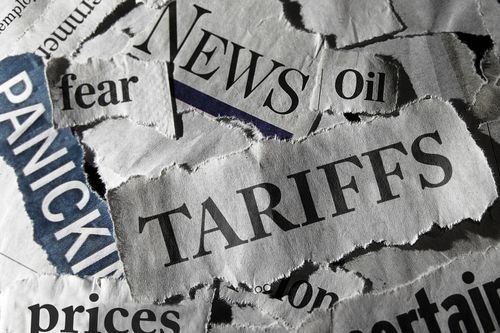Written for Bolton by Zack Fritz, Economic Advisor to Bolton
Both domestic and global economic forecasts continue to be revised lower as risks continue to materialize. In July, the International Monetary Fund revised their forecast for 2022 global economic growth to 3.2%, down from the 3.6% rate of growth forecasted in April. This has a lot to do with economic weakness in China and Russia, the world’s second and eleventh largest economies, respectively, although inflation continues to plague the European and U.S. economies.
Inflation remains the primary issue. Policymakers are tightening monetary which may cause short-term economic harm, including for developing economies that may struggle to make debt payments. The ongoing war in Ukraine has exacerbated inflation by driving up food and energy costs, especially in Europe., If global financial conditions have to tighten too much to suppress inflation, it’s not out of the question that the global economy contracts in 2022 and 2023.
In the U.S., inflation continues to carve away at consumer sentiment. According to the Consumer Price Index, inflation came in at 9.0% year over year in June, the highest rate since the early 80s. As a result, consumer confidence, as measured by the University of Michigan Consumer Sentiment Index, was down 37.1% year over year in July, just above the lowest level recorded in the 70-year history of the series (the lowest reading was recorded in June 2022).
While GDP has now contracted in two consecutive quarters, U.S. employers have added more than 1.1 million jobs in the second quarter and the unemployment rate remains at 3.6%, significantly below historical norms.
Oil prices have fallen pretty sharply from their early June peak, and prices for several other commodities, like steel, lumber, wheat, and soybeans, have seen double-digit percentage declines in futures markets in recent weeks. The second quarter GDP report also showed falling consumer spending on goods, which should have a moderating effect on prices.
Whether inflation has peaked or not, the outlook continues to be defined by downside risks, including a surprisingly weak Chinese economy, the war in Ukraine, a stagnant U.S. labor force, and demographic challenges facing many of the world’s largest economies.




